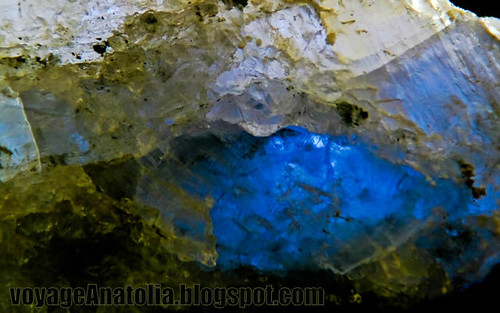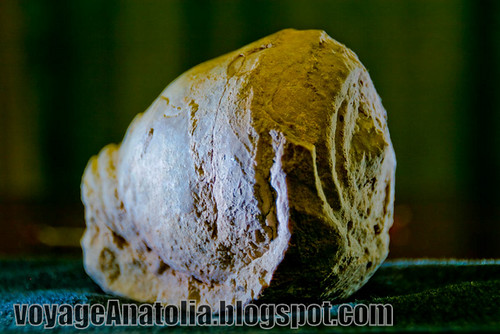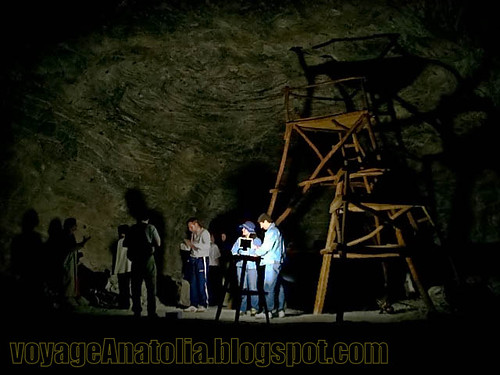
A story that a rock salt crystal told me and wise old sea shell agreed:
Long, long time ago, long before the ancient times, even before the first human being on earth, even before the first primat on earth, even before the jurassic, in the times when there were no Mount Everest, no Mount Ararat, even before the continents were separated into their current configuration, Pangaea was the supercontinent that existed during the Paleozoic and Mesozoic eras about 250 million years ago.
During the Triassic, a new ocean began forming in the southern end of the Paleo-Tethys Ocean. A rift formed along the northern continental shelf of Southern Pangaea (Gondwana). Over the next 60 million years, that piece of shelf, known as Cimmeria, traveled north, pushing the floor of the Paleo-Tethys Ocean under the eastern end of Northern Pangaea (Laurasia). The Tethys Ocean formed between Cimmeria and Gondwana, directly over where the Paleo-Tethys used to be.
Today, India, Indonesia and the Indian Ocean cover the area once occupied by the Tethys Ocean, and Turkey, Iraq, and Tibet sit on Cimmeria. What was once the Tethys Sea has become the Mediterranean Sea. Other remnants are the Black, Caspian and Aral Seas via a former inland branch known as the Paratethys Sea.
Most of the floor of the Tethys Ocean disappeared under Cimmeria and Laurasia. Geologists like Suess have found fossils of ocean creatures in rocks in the Himalayas, indicating that those rocks were once underwater, before the Indian continental shelf began pushing upward as it smashed into Cimmeria. We can see similar geologic evidence in the Alpine orogeny of Europe, where the movement of the African plate raised the Alps. And I found this fossil shell on the hills of Central Anatolia near Ankara:

The three largest salt lakes in the world are the Caspian Sea, Aral Sea, and Lake Balkhash. Tuz Gölü, Salt Lake is the second largest lake in Turkey and is located in the Central Anatolia Region, between Konya and Ankara. Other remnants are the salt caves in Central Anatolia. Türkçe

